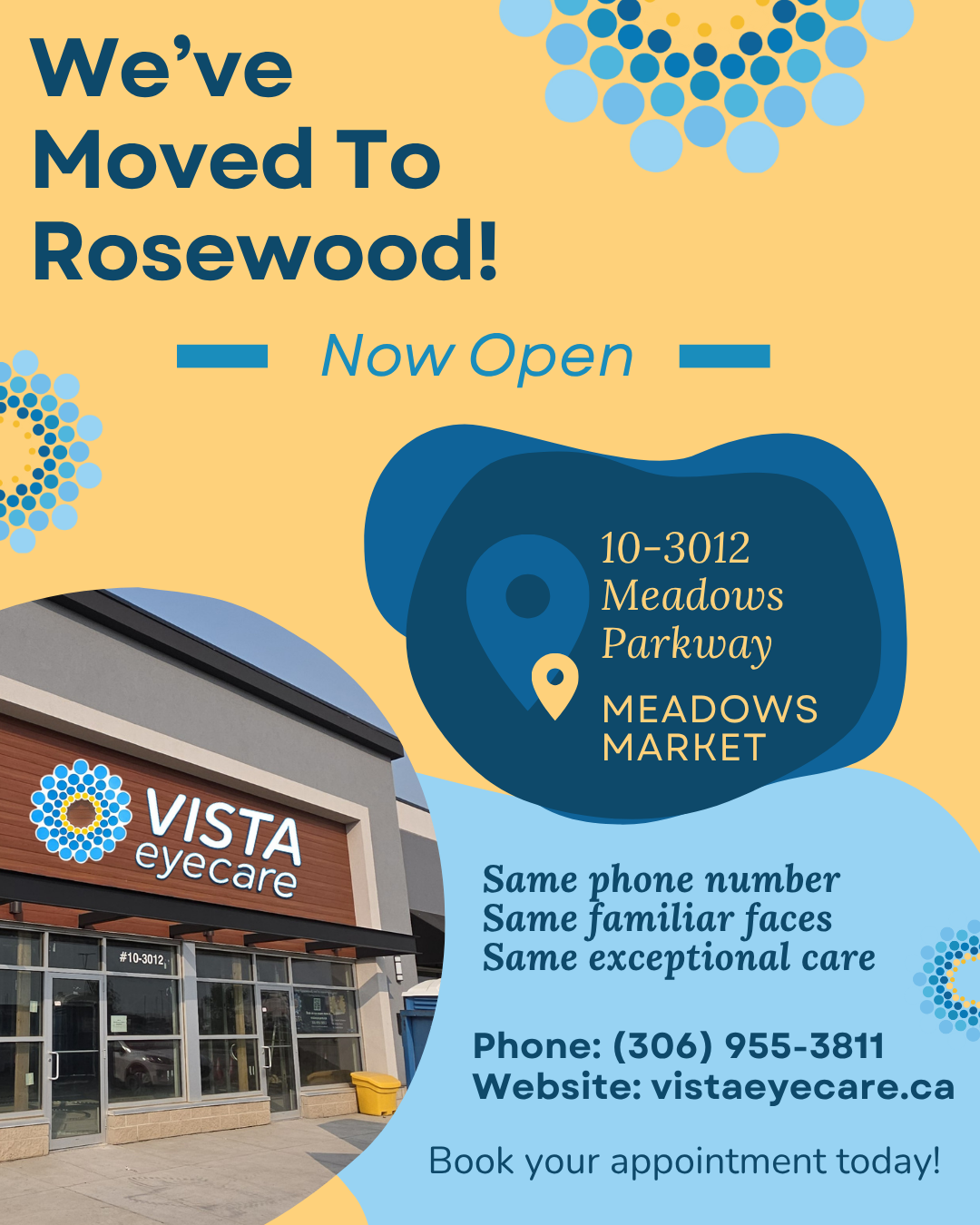

Comprehensive & Comfortable For All Ages
Eye exams are just as important for children as they are for adults, and we love helping our littlest patients find the eye care they need as early as possible.
Your child’s eyes can change as they grow. However, poor vision and other eye issues can develop without your knowledge. Younger children with vision trouble often don’t complain because they assume everyone sees the way they do, and even older children may not realize that they should be seeing better.
At Vista Eyecare, we know that going to the eye doctor can be scary or stressful for children. We’re proud to offer comprehensive, comfortable eye exams to help spot eye problems that can hold children back in school or even affect their visual development permanently.
Get started today by booking your child’s next eye exam. We can’t wait to see you.


When should your child have an Eye Exam?
When is the most appropriate time to book your child’s eye exam?
Because your child’s eyes continue to grow and change throughout their early life, we want to see them as they hit their visual milestones to ensure their vision and eye health are developing as we expect.
Your child has limited vision at birth, but during the first year, their eyes will start to work together, and their vision will gradually improve. In infants, eye and vision issues can affect their hand-eye coordination and cause developmental delays, so we want to catch any problems as soon as possible.
We recommend at least one eye exam during this period to ensure your child’s eyes are developing properly. We’ll test their visual skills, assess their overall eye health, and determine if they need glasses during their first exam.
As your child’s vision advances, they should develop more confidence in their vision. Toys like building blocks, balls, and colouring books are a fantastic way to encourage your child’s healthy eye development.
However, certain eye conditions like amblyopia (lazy eye) and strabismus (crossed eyes) often develop around these ages. Without treatment, these issues can lead to permanent vision problems, so it’s essential to book at least one eye exam during this time.
When your child enters school, they’ll depend on their vision to see the whiteboard, play sports, read, write, and engage with their environment. Because of this, we recommend they receive annual eye exams until they’re 19 years old.
Regular eye exams help us monitor your child’s visual development and catch common refractive errors, like nearsightedness, farsightedness, and astigmatism. If left untreated, these issues could affect their quality of life.

Common Children's Eye Conditions
Myopia occurs when the eye grows longer than it should. When the eyes are too long, light entering through the lens can’t reach the retina correctly, resulting in blurry distance vision.
At Vista Eyecare, we feel it’s important to discuss options to slow myopia progression because it’s so common in Canada. Research shows that 29% of kids aged 11–13 have some degree of myopia. We have a range of strategies to slow myopia progression, which could help prevent eye health problems in the future.
Learn more about myopia and our strategies for managing it.
Amblyopia, commonly known as lazy eye, is an eye condition characterized by poor visual development in one or both eyes. This can be due to an uncorrected prescription, misaligned eyes, or a number of eye health problems. Amblyopia develops in children under 6 years old and can permanently reduce their vision if not treated.
We use various methods to treat amblyopia depending on the underlying cause, including glasses, patching, and special eye drops.
Strabismus, also known as crossed or turned eyes, is an eye condition that affects your child’s eye alignment. Strabismus can affect one or both of your child’s eyes, causing them to look like they are turned in or out.
Poor eye muscle control and uncorrected refractive errors can cause strabismus. Strabismus can often be improved with corrective lenses or treated with vision therapy, but sometimes it requires surgery.
Does Your Child Have An Eye Problem?
It can be hard to tell if your child has a vision problem. They might not realize that they should be seeing better, or they might have difficulty explaining the issue.
You can help by watching for signs that might indicate a vision problem, including:
Squinting or sitting close to the front of the class, computer, or television
Closing one eye to read or write
Head tilting
Complaints of headaches
Adversity to close-up work
Reversed letters when reading and writing
If you notice any of these issues, please contact us to book an eye exam for your child.
Start Your Child's Eye Care Journey Today
We love helping children reach their visual potential, and that process starts by booking an eye exam. Eye exams are covered annually by Saskatchewan Health until age 18. Book your child’s appointment today and discover the difference our team can make.




